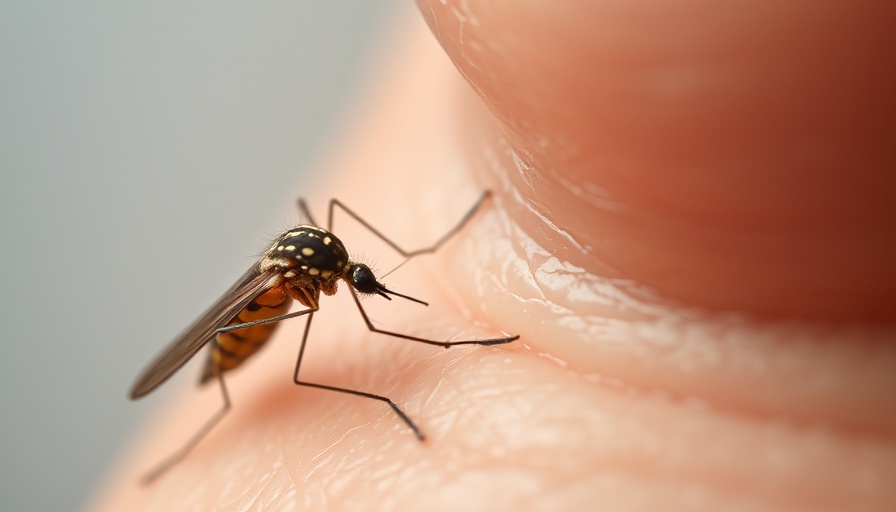
The Alarming Rise of Chronic Illness in Children
Recent research reveals that nearly one in three children in the U.S. struggles with chronic illnesses, including ADHD, autism, asthma, and mood disorders such as anxiety and depression. This notable increase—from approximately 23% in 1999 to over 30% in 2018—highlights a concerning trend in pediatric health. The study published in Academic Pediatrics indicates that around 130,000 more children are now diagnosed with chronic conditions each year, which can profoundly impact their overall well-being and development.
Understanding the Socioeconomic Factors at Play
One of the striking aspects of this report, led by Lauren Wisk from UCLA, is the correlation between chronic illnesses and socioeconomic vulnerability. Children from lower-income families, those on public insurance, or unemployed parents have a higher likelihood of facing these health challenges. This reality underscores the need to address health equity as a core public health issue.
The Critical Role of Access to Care
While many chronic conditions are treatable, barriers to access often prevent effective management of these illnesses. The study emphasizes the importance of quality healthcare throughout a young person's life, especially as they transition from pediatric to adult-focused care. This transitional phase is a critical window where many youths disengage from necessary health services, increasing their risk for disease exacerbation.
Future Predictions and the Need for Reform
As the prevalence of chronic conditions continues to rise among the youth, significant reforms are necessary to ensure that all children receive adequate healthcare services. Investing in programs that facilitate healthcare access and retention for both children and their transitioning to adulthood could enhance their health and societal participation long-term.
Common Misconceptions About Childhood Chronic Illnesses
There are many misconceptions surrounding pediatric chronic conditions—one being that these illnesses are benign or solely related to genetics. In fact, environmental factors, including access to healthcare and socioeconomic status, play a significant role in children's health. Empowering parents and guardians with accurate information about managing and treating these conditions is vital.
The Role of Community Support
Communities can play a transformative role in supporting children with chronic illnesses. Community resources, such as support groups and educational campaigns about chronic conditions, can bridge the gap between healthcare systems and families. These initiatives ensure that children are not only medically supported but also socially and emotionally bolstered.
By acknowledging the alarming trend of increasing chronic illnesses among our youth, society can take proactive measures to provide comprehensive healthcare access, backed by societal advocacy for health equality. Collectively, we can champion the health of future generations.
Contact us for more details.
 Add Row
Add Row  Add
Add 




Write A Comment